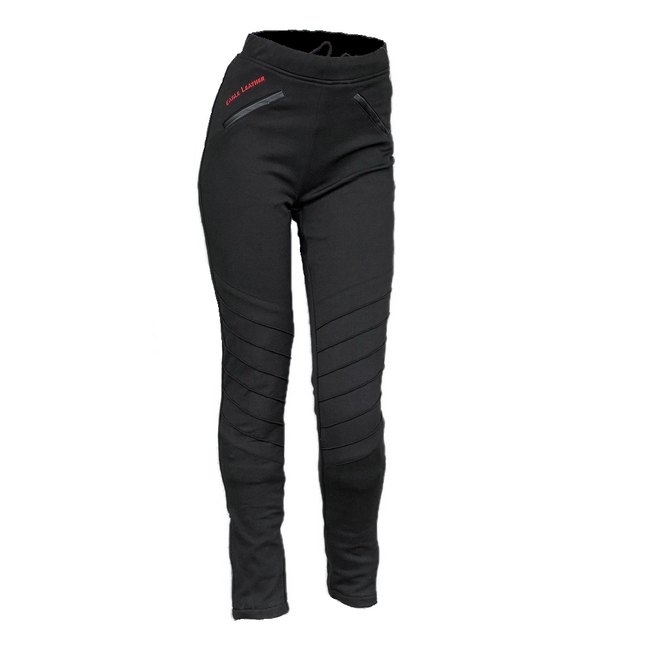Shop All - Gear for the Ride
Shop All from Eagle Leather is selected for riders who want real performance without the fluff. We balance protection, comfort, and style so you can focus on the road, not your gear. Everything here is road-tested, rider-approved, and ready to go.
Why This Collection Matters
Great gear does more than look good—it earns your trust. We prioritize fit, durability, and function so you get confidence at a stoplight, stability in the rain, and comfort on long days in the saddle. Materials, stitching, hardware, and features are picked with real riding in mind.
How to Choose the Right Option
Start with your ride style and weather. Daily commuter? Look for quick on/off and low-profile comfort. Touring or weekend trips? Aim for features that fight fatigue and changing conditions. If you’re customizing, match components that complement your bike and how you ride.
Trusted by Riders Since 1995
We’ve outfitted Pacific Northwest riders for decades. That means honest guidance, no pressure, and gear that stands up to real-world miles. If you have questions, call or stop by—our crew rides, too.
Next up: Pair this collection with new arrivals • motorcycle accessories • shop all to round out your setup.
Ride protected, ride comfortable, and enjoy the miles. Gear for the Ride—only at Eagle Leather.























































































